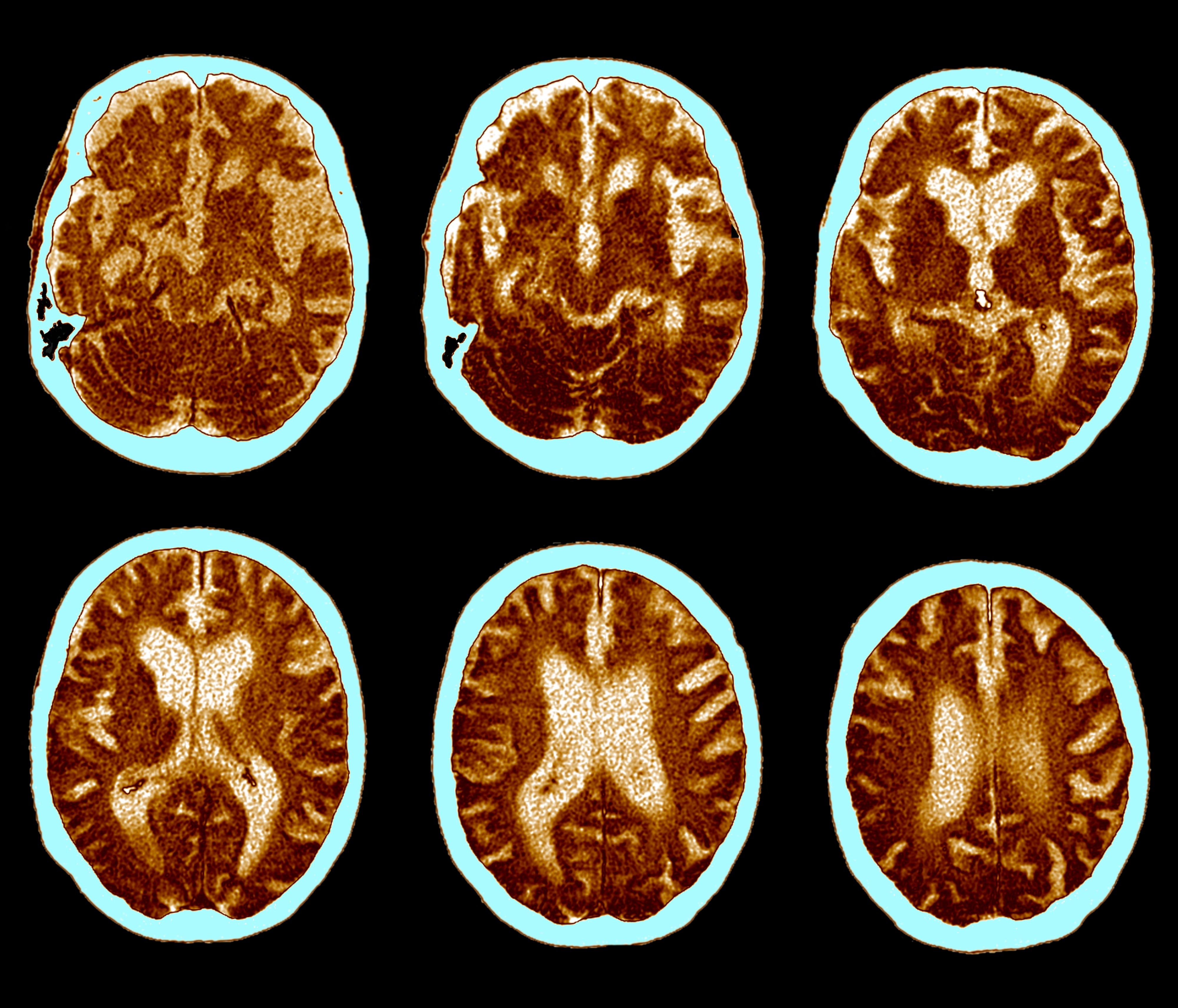


And a 2013 study showed that, like Frances, girls typically receive their autism diagnoses later than boys do. In other words, Frazier had found further evidence that girls are being missed. These interests are often a key diagnostic factor on the less severe end of the spectrum, but the examples used in diagnosis often involve stereotypically “male” interests, such as train timetables and numbers. The girls also had fewer (or perhaps less obvious) signs of “restricted interests”-intense fixations on a particular subject such as dinosaurs or Disney films. They, too, found that girls with the diagnosis were more likely to have low IQs and extreme behavior problems. In 2014 psychologist Thomas Frazier of the Cleveland Clinic and his colleagues assessed 2,418 autistic children, 304 of them girls. This finding suggests that clinicians are missing many girls who are on the less disabling end of the autism spectrum, previously designated Asperger's syndrome. They found that if boys and girls had a similar level of such traits, the girls needed to have either more behavioral problems or significant intellectual disability, or both, to be diagnosed. Research has also revealed bias in the way the disorder is diagnosed.Ī 2012 study by cognitive neuroscientist Francesca Happ of King's College London and her colleagues compared the occurrence of autism traits and formal diagnoses in a sample of more than 15,000 twins. In the process, they have uncovered social and personal factors that may help females mask or compensate for the symptoms of ASD better than males do, as well as biological factors that may prevent the condition from developing in the first place. Scientists in recent years have investigated several explanations for autism's skewed gender ratio. They are also beginning to find ways to meet the unique needs of girls and women on the spectrum. As scientists study how this disorder plays out in girls, they are confronting findings that could overturn their ideas not only about autism but also about sex and how it both biologically and socially affects many aspects of development. Others may go undiagnosed or be given diagnoses such as attention-deficit/hyperactivity disorder (ADHD), obsessive-compulsive disorder (OCD) and even, some researchers believe, anorexia.

Many girls may, like Frances, be diagnosed late because autism can have different symptoms in females. Newer research suggests that both these ideas may be wrong. Experts also believed that girls with autism were, on average, more seriously affected-with more severe symptoms, such as intellectual disability. Historically the disorder, now estimated to affect one out of every 68 children in the U.S., was thought to be at least four times more common in boys than in girls. These criteria, Pelphrey and other researchers believe, may be missing many girls and adult women because their symptoms look different. In fact, the criteria for diagnosing autism spectrum disorder (ASD)-a developmental condition that is marked by social and communication difficulties and repetitive, inflexible patterns of behavior-are based on data derived almost entirely from studies of boys. “We got a lot of different random little diagnoses,” she recalls. With Frances, she says, they went from doctor to doctor and were told to simply watch and wait-or that there were various physical reasons for her delays, such as not being able to see well because of an eye condition called strabismus that would require surgical treatment at 20 months.

Their mom, Page, can recall how different the diagnostic process was for her two children. Lowell, seven, received an autism diagnosis much earlier, at 16 months.


 0 kommentar(er)
0 kommentar(er)
